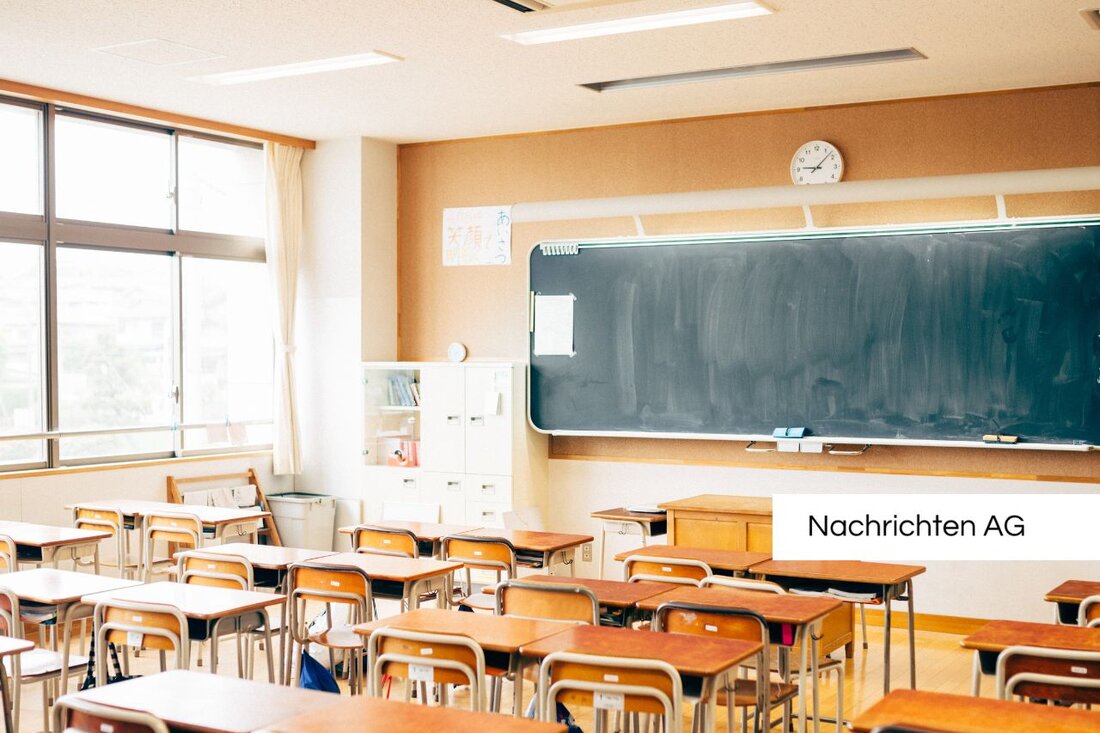Middle-head drama at the school: neighbor makes inclusion as a game of chance!
Middle-head drama at the school: neighbor makes inclusion as a game of chance!
In Ückermünde there is currently a tense climate around the renaturation of the regional school "Ehm Welk". Despite the intensive efforts of the city administration, there is still no progress in approval for an urgently needed elevator at the school's main building. According to Nordkurier , this elevator would make a significant contribution to using the school completely as an inclusion school, which is particularly important for pupils with special support needs.
The renovation work that has been running since last year aims to see the funding priority in the areas of hearing, hearing and physical-engine development. Unfortunately, the project is slowly slowed down by the lack of approval of a neighbor. A fact that should certainly stimulate many neighbors to think: structural changes often also mean conflicts. This is particularly evident in this case, since the elevator is planned on the school premises, but the necessary distances to the neighboring property cannot be observed - just 0.84 square meters are missing. The neighbor also refuses to register a construction load in the land register, which continues to complicate the Situation.
neighboring law and structural challenges
How important a harmonious coexistence is in the neighborhood shows the neighboring law, which is presented by The city administration has already sought an exemption because the building manager Sven Behnke speaks of good arguments for this approval. A resident of the neighboring property has requested a balance of 10,000 euros, which the city rejects. Instead, she plans to pay legally possible compensation, the amount of which is to be assessed by an expert. In particular, we often encounter the topic of inclusion in the discussion about educational institutions. Inclusion is more than just a catchphrase; It is about belonging and creating accesses that avoid exclusions. Access to barrier-free schools is legally laid down, which is reflected in the Lower Saxony School Act (Section 59 (1) sentence 1) and is also illustrated by the examples of other schools such as the Balthasar Leand school in Harsefeld. Inclusion not only requires structural changes, but also personnel and structural adjustments in order to meet all students and to improve the learning environment, according to the tenor of the current discussion. It remains to be hoped that the situation at the regional school will soon turn to the positive and take the necessary steps so that barrier -free education will finally become a reality. The well -being of the students must be in the first place, and every structural change should have this goal in view. The goal of inclusion
| Details | |
|---|---|
| Ort | Ueckermünde, Deutschland |
| Quellen | |


Kommentare (0)